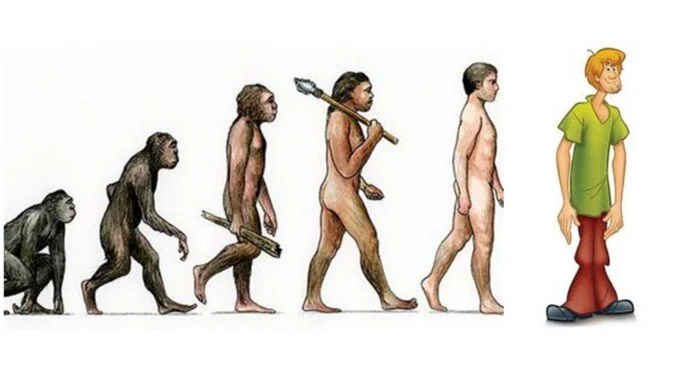
The Controversial Lens of Jean-Martin Charcot: Capturing Ecstasy as a Symptom of Hysteria
In the 19th century, the boundaries between science and art, as well as reality and perception, were often blurred, especially in the field of psychology. One figure who epitomized this intersection was Jean-Martin Charcot, a French neurologist whose work with hysteria continues to spark debate. Charcot’s unique approach to understanding this enigmatic condition often led him to capture his patients in moments of profound ecstasy, not just to document their symptoms, but to prove his controversial theory that such heightened emotional states were evidence of a deeper neurological disorder.
Charcot’s work with hysteria, a condition then poorly understood and often associated with the supernatural or the divine, was groundbreaking yet contentious. He believed that hysteria was not a figment of imagination but a tangible brain disease, rooted in physiological irregularities. To validate his claims, he employed an unconventional method: photography. By capturing his patients in poses of ecstasy or mystical Roles, he aimed to illustrate the dramatic manifestations of hysteria, transforming them into visual evidence of his theories.
These photographs, taken in the Salpêtrière Hospital where he practiced, are both haunting and fascinating. They depict women in states of rapture or torment, their expressions and poses carefully staged to align with Charcot’s narrative. While some view these images as pioneering contributions to medical science, others criticize them for blurring the lines between patient and performer, raising ethical questions about the objectification of those under study.
Charcot’s work challenges us to reflect on how we perceive and categorize human emotions and behavior. By framing ecstasy—a state often linked to transcendence or spiritual awakening—as a symptom of illness, he inadvertently highlighted the subjective nature of diagnosis and the power dynamics at play in the doctor-patient relationship. His photographs, though intended as scientific evidence, now serve as a window into the complexities of 19th-century psychology and the enduring tension between rational inquiry and emotional expression.
In the end, Charcot’s legacy invites us to ponder the delicate balance between understanding and interpreting human experiences. His photographs of hysteria remind us that the lens through which we view illness is never completely neutral, and that the stories we tell about the mind are often as revealing of ourselves as they are of the subjects we study.
https%3A%2F%2Fwww.philosophyforlife.org%2Fblog%2Fcan-you-pass-the-acid-test-on-psychedelics-and-spiritual-eugenics



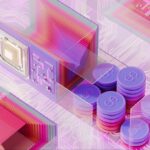
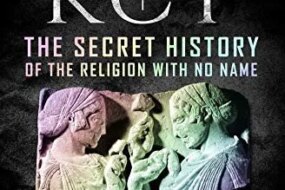

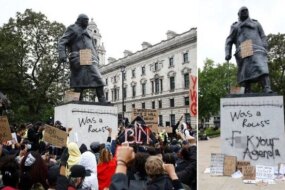
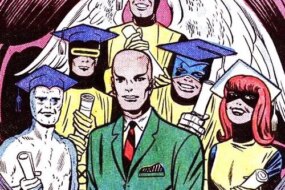
No Comments